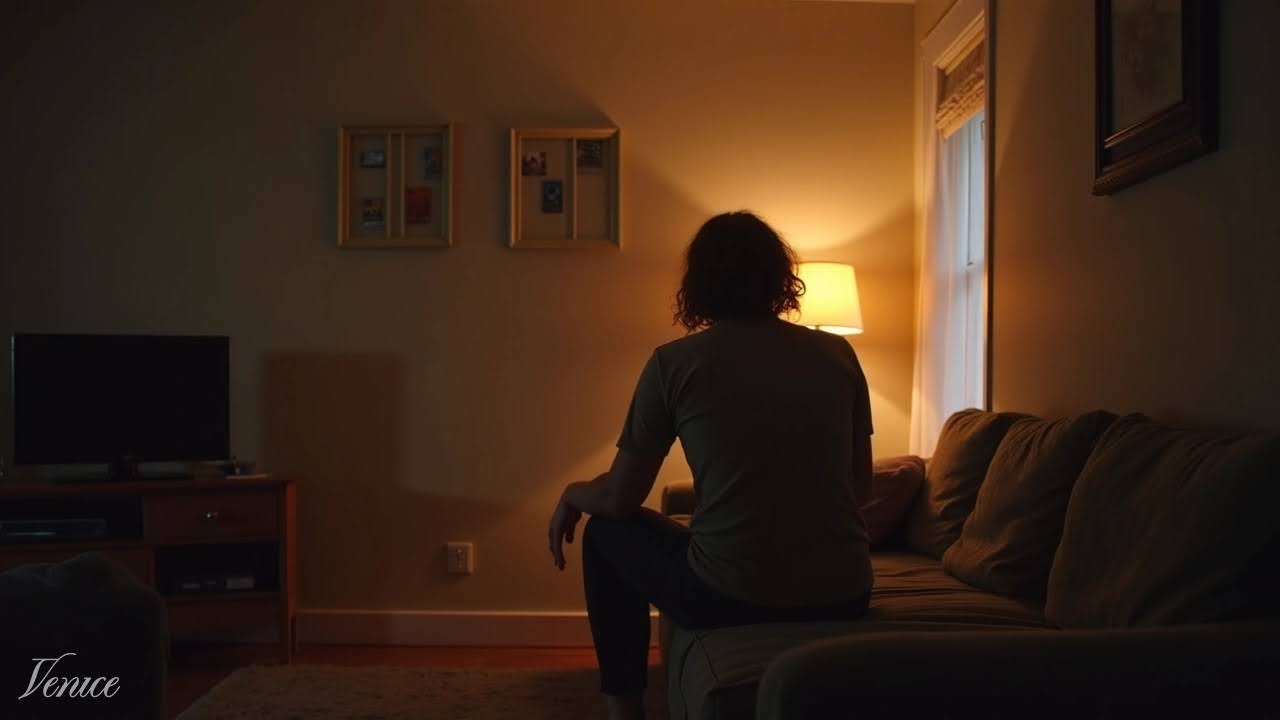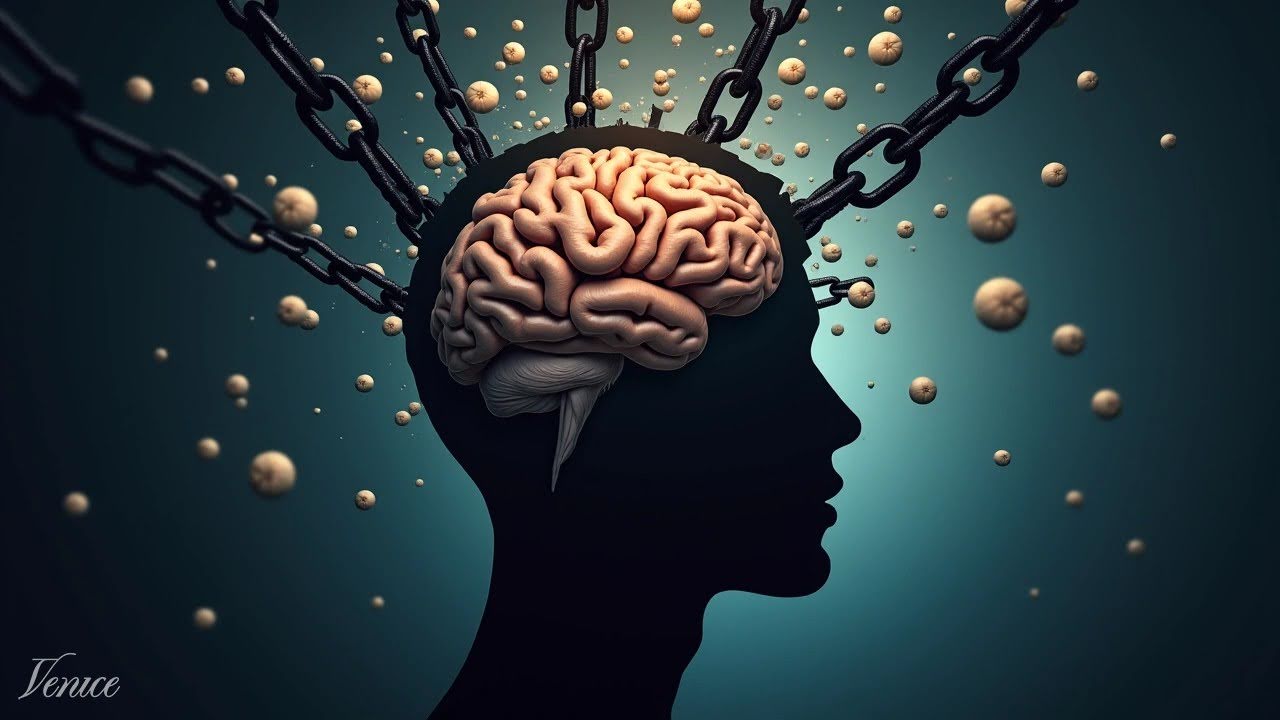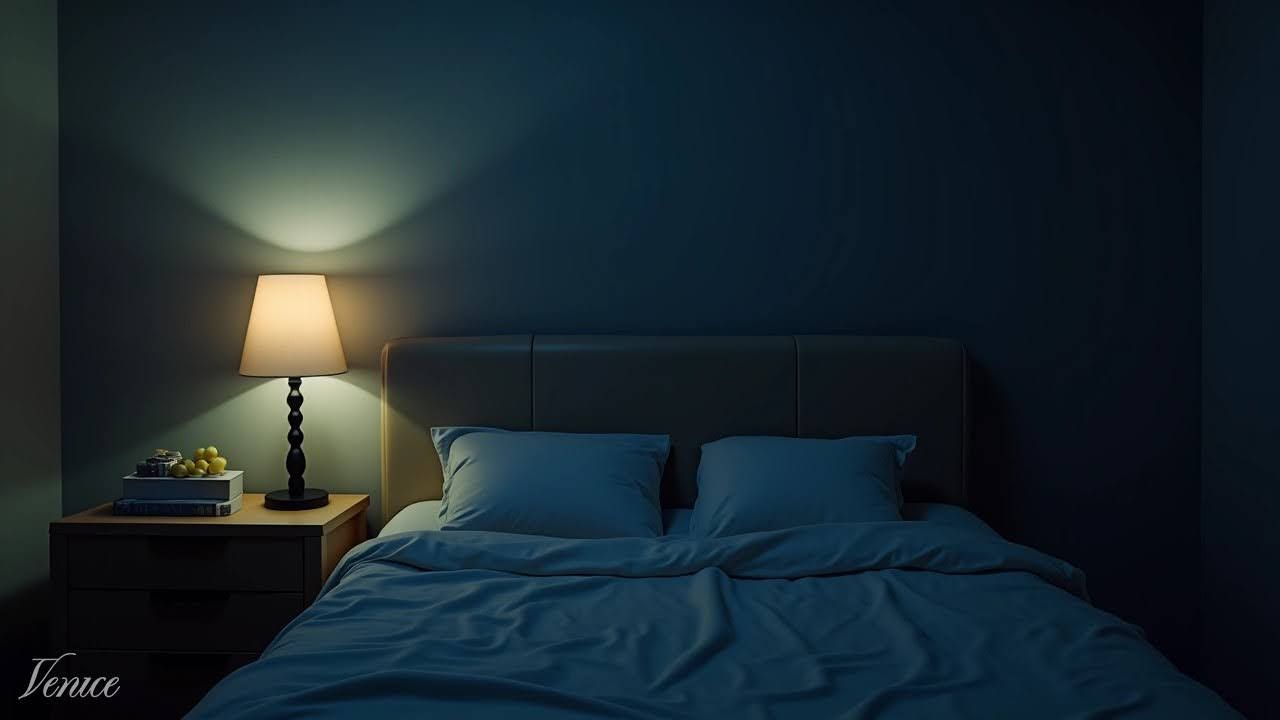You take a tiny pill to sleep, it works, and then a week later it barely does anything. You start waking at 3 a.m., anxious, a little foggier in the daytime than you want to admit. So can you get addicted to Halcion, also called triazolam? Yes. And the why is the sneakier part.
What is Halcion and why Halcion addiction happens
Halcion is the brand name for triazolam, a benzodiazepine used to start sleep. It acts fast and clears fast, which sounds great at first pass. The catch is the timing. With a short half life of roughly 1.5 to 5.5 hours, the brain rides a quick on then a quick off, so rebound symptoms can show up between doses and right after you stop. That short half life is documented for triazolam in standard references, including its short acting profile and half life range.
Clinically, Halcion is meant for short term severe insomnia. When it is used longer or at higher doses, dependence can develop quickly. The combination of high potency and short half life increases the odds of withdrawal symptoms and misuse when people chase sleep night after night. Reviews note that this pharmacology, plus dose creep over time, adds to the risk of halcion addiction as well as rebound insomnia and other neuropsychiatric effects, patterns described in safety summaries of triazolam’s adverse effects and target events.
Why halcion addiction can develop so fast
I wish there were a simple switch you could flip to avoid it. There is not. With short acting drugs like triazolam, tolerance can emerge in days to weeks, and people often raise the dose or take it longer than intended. That cycle is common with quick onset sleep meds and is especially risky with potent benzodiazepines. Clinical guidance ties this risk to triazolam’s short half life and high potency, which together heighten withdrawal probability if use extends beyond the label. That profile is outlined in accessible overviews of triazolam’s pharmacokinetics and use limits.
Risk is not evenly spread. Older adults are more sensitive to delirium, falls, and confusion from triazolam, so even usual doses can cause outsized problems. A recent review of triazolam in older patients flagged higher rates of adverse events and recommended lower doses and careful monitoring in this group, echoing what many of us see in practice. You can read that geriatric caution in a focused analysis on triazolam use in the elderly.
If you are wondering whether doctors still use Halcion much, the answer in the United States is barely at all. Prescriptions dropped from well over a million a year in 2017 to essentially zero by 2023. I did a double take at that number the first time I saw it. This dramatic falloff is captured in prescription audits that show triazolam use falling to near zero by 2023.

How triazolam addiction shows up in real life
So what does triazolam addiction look like on the ground. In plain terms, you start using more than planned and keep using even as life shrinks around it. Diagnostic guides describe patterns that match day to day stories from patients. Common red flags, adapted from standard criteria for sedative use disorder, include:
- Taking Halcion in larger amounts or for longer than you meant to
- Trying and failing to cut down
- Strong cravings and compulsive use, especially when stress spikes
- Skipping social plans or struggling at work because of use
- Continuing despite harm or warning signs
That list mirrors how clinicians summarize sedative use disorder signs, and it is laid out clearly in a practical overview of diagnostic criteria and common behaviors with Halcion.
A few effects stand out with triazolam. Episodes of amnesia or memory gaps. Mood swings, dysphoria, irritability. Sleep related behaviors like walking or even driving. These are not unique to Halcion but are reported often with it at higher doses or longer runs, as summarized in compilations of neuropsychiatric events and amnesia reports with triazolam.

How halcion addiction treatment works safely
If you or someone close is tangled up with halcion addiction, quitting cold turkey is a bad idea. Benzodiazepine withdrawal can be dangerous, including seizures. The safest path is a medically supervised taper that is slow and flexible.
Current practice guidelines recommend starting with dose reductions of about 5 to 10 percent every 2 to 4 weeks and to avoid cutting more than 25 percent in any two week window. The speed should match symptoms. If withdrawal flares, you pause or slow down. These practical ranges are spelled out in the recent ASAM benzodiazepine tapering pocket guide, which also stresses monitoring at each step.
Another piece you may hear about is switching to a long acting benzodiazepine such as diazepam for the taper. That step smooths out the peaks and valleys that short acting drugs create, and many clinicians find it easier to make tiny reductions from diazepam than from triazolam. Cross tapering is a common move in specialized programs, discussed in planful terms in guides that explain using diazepam to stabilize then taper.
There is also a culture shift in how we talk about benzodiazepine recovery. Patients and clinicians have been pushing for patient centered tapers that validate longer timelines when needed and recognize protracted symptoms some people face. The newest guidance reflects that shift, including acknowledgement of benzodiazepine induced neurological dysfunction and the need to match the taper to the person. That evolution is captured in a summary of the new ASAM recommendations shaped by patient input.
Treatment is bigger than pills and schedules. If insomnia or anxiety was the original driver, those problems still need care. Cognitive behavioral therapy for insomnia, sometimes called CBT I, and counseling for anxiety or trauma can make the taper go better and keep you off the drug after. Programs that focus on benzodiazepines usually include individual therapy, group support, and practical relapse prevention, a mix of services described in guides to evidence based care for benzodiazepine problems.
For older adults, pregnancy, or people with co occurring psychiatric conditions, the plan should be even more tailored. Older patients tend to need smaller cuts and more check ins because the risks are higher. That sensitivity is highlighted in geriatric reviews such as the focused look at triazolam’s risk for confusion and falls in older adults.
What Halcion withdrawal feels like and when it hits
Withdrawal from Halcion is like your nervous system taking off its noise canceling headphones. Sounds are louder, thoughts race, and sleep gets skittish. Because triazolam clears quickly, withdrawal often starts within a day, peaks around one to two days, and then eases over one to two weeks. Some people feel lingering symptoms for longer, especially if they were on high doses for months. That timing and symptom profile is summarized in a friendly overview of Halcion withdrawal and its usual timeline.
Symptoms can include rebound insomnia that feels worse than before, anxiety or panic, tremors and muscle cramps, nausea, sweating, and odd sensory changes. Severe cases can involve hallucinations or seizures. Those seizures are the scary part and are a core reason to avoid abrupt stops and to taper under medical care. Practical guides for patients plainly warn about seizure risk and severe withdrawal if you stop suddenly.
There is a niche treatment called flumazenil infusion that some centers use for high dose benzodiazepine dependence. It can help reset GABA receptor sensitivity faster, but it carries seizure risk and is not a first line approach. It is reserved for specialized programs with close monitoring, and even then opinions vary. If you want to read the scientific pitch and caution, a recent review lays out the thinking behind continuous low dose flumazenil detox protocols.
Why Halcion drew regulators’ attention
Halcion had a long run after its 1982 approval, but safety concerns piled up. Countries restricted or even pulled it, and in the United States labels were tightened to lower doses for shorter durations. That regulatory response unfolded over years as postmarketing reports of depression, amnesia, anxiety, and other events came in. You can see the documented debate and label changes in the official assessment of triazolam’s safety and the regulatory record.
Prescribers also spoke with their pens. In the US, prescriptions fell off a cliff and by 2023 were basically gone, as tracked in independent drug use audits of triazolam’s decline to near zero. I think a lot of that is a mix of safer practice patterns, better non drug sleep care, and lingering caution in the profession.
Of course, adverse events with triazolam are not entirely unique compared with other benzodiazepines and non benzo hypnotics. Much depends on dosing and duration. Still, the short acting nature of Halcion seems to produce certain patterns, like an amnesia signal, that show up more often at higher doses or with off label use. Broad summaries of trial and real world data compare those rates across drugs, including the totals listed in the triazolam safety data compilation.
How halcion addiction treatment works safely
Let’s get practical. If you are on Halcion now and worried, the first step is not to quit on your own. A slow, supported taper is the plan. The general playbook is simple to say and harder to do. Set a pace that starts with 5 to 10 percent cuts every few weeks, adjust based on symptoms, and consider switching to diazepam if you need smaller, steadier reductions. These pace and crossover ideas line up with the ASAM tapering guide’s percentage steps and with practical explanations of cross tapering to diazepam for smoother tapers.
Meanwhile, work the other levers. If sleep was the original problem, start CBT I. If anxiety or trauma was the driver, add therapy that fits those needs. The mix of supports matters, and people do better when they have a therapist, a prescriber, and a plan that includes relapse prevention and aftercare. That full picture of halcion addiction treatment is described step by step in overviews of therapy based recovery and ongoing support.
I like to remind folks this is not a race. Tapers that pause for a week or two so your nervous system can catch up are often the ones that work long term. The new guidance even uses more patient centered language and validates that slower is sometimes the smartest path, a tone you can see in the summary of the updated ASAM recommendations.
How to lower halcion addiction risk and get help
If you are just starting triazolam, use the smallest dose for the shortest time and make a plan for sleep without it. Ask your prescriber about CBT I from day one. If you have been on it for a while, do not be ashamed. Dependence on a short acting sleep drug is common and fixable. Book an appointment, share exactly how you are using it, and ask for a taper plan. If your doctor is not comfortable, an addiction specialist can steer this safely. That sounds obvious, but lots of people wait months in silence.
For older adults, go slower. The risk of confusion and falls is higher, and even small cuts can hit harder, as the geriatric review of triazolam in the elderly reminds us. If you have a co occurring condition like depression or panic disorder, try to sync care so therapy and medicine changes support each other.
A quick aside. I sometimes hear folks say Halcion is banned everywhere. Not true. It is restricted in many places, and the label is tighter in the US, but policies vary by country. The official safety assessment documents that mix of responses and why, which you can skim in the regulatory review and labeling changes. The bigger point for you is this. Your plan should be based on your symptoms, history, and goals, not on the reputation of a brand name.
Why this matters for you and your sleep
Addiction stories often start with something simple. A hurt back. A rough patch at work. Jet lag that would not quit. Halcion works well in the short term, and that makes it tempting to stretch. The science and the lived experience say that stretch is where trouble grows. The good news is clear. With a slow taper, smart therapy, and steady support, halcion addiction and triazolam addiction can be treated safely, and your sleep can move to a steadier, drug free place. I know that sounds like a lot. It is doable.
If you are ready to take the next step, talk with your clinician about a slow taper and add CBT I this week. If you need more support, call an addiction specialist and ask about a diazepam supported taper and therapy. Start now. Your future self will thank you.
Find the Right Men’s Rehab in Marietta, Georgia
You don’t have to face recovery alone. At Hand in Hand Recovery Center, you’ll find a team that truly understands the challenges men face, and meets you with respect, compassion, and real support. Our gender-specific programs blend evidence-based therapies like CBT, DBT, trauma therapy, and medication-assisted treatment with holistic options such as mindfulness, expressive arts, and life skills coaching. Whether you need detox, residential rehab, PHP, IOP (day or evening), or outpatient care, we’ll help you build a plan that fits your life, so you can keep moving forward with work, school, and family.
Ready to take the next step? We make it simple. Visit us at 3411 Austell Road Suite 200, Marietta, GA 30008, call (470) 280‑2791, or email info@handinhandrecovery.com. You can also reach out through our contact page. Our admissions team offers a quick phone assessment, fast insurance verification, and guidance every step of the way. Your recovery journey can start today, hand in hand, with people who care.

 info@handinhandrecovery.com
info@handinhandrecovery.com 3411 Austell Road Suite 200, Marietta, Georgia, United States
3411 Austell Road Suite 200, Marietta, Georgia, United States

